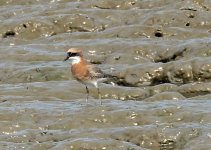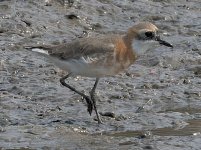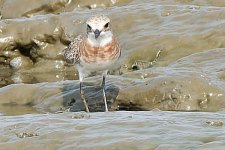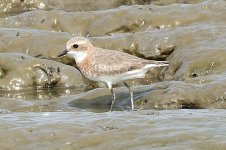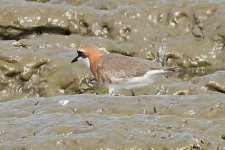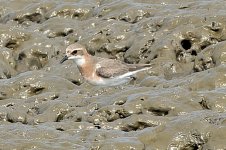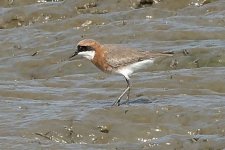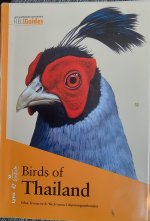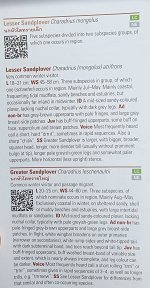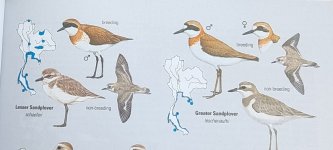Aladdin
Well-known member

Dear Members and Bird Watchers!
I was checking out the mud flats yesterday and I spotted several plovers. I had no idea on what plover it could be.
Back home and I checked my books, Lesser Sandplover - Charadrius mongolis and the Greater Sandplover
I ID the bird as a Lesser Sandplover because of the black forehead.
Greater Sandplover have a white forehead with the black band above the with spot on the forehead.
So what is the problem? Well, I look for Lesser Sandplover, not available in eBird and anywhere else. I try the Charadrius mongolis and Siberian/ Tibetan Sandplover is coming up. but with a different scentific name.
Anyone having any idea on what to call these birds?
Kind Regards and Happy Birding
Aladdin
I was checking out the mud flats yesterday and I spotted several plovers. I had no idea on what plover it could be.
Back home and I checked my books, Lesser Sandplover - Charadrius mongolis and the Greater Sandplover
I ID the bird as a Lesser Sandplover because of the black forehead.
Greater Sandplover have a white forehead with the black band above the with spot on the forehead.
So what is the problem? Well, I look for Lesser Sandplover, not available in eBird and anywhere else. I try the Charadrius mongolis and Siberian/ Tibetan Sandplover is coming up. but with a different scentific name.
Anyone having any idea on what to call these birds?
Kind Regards and Happy Birding
Aladdin




